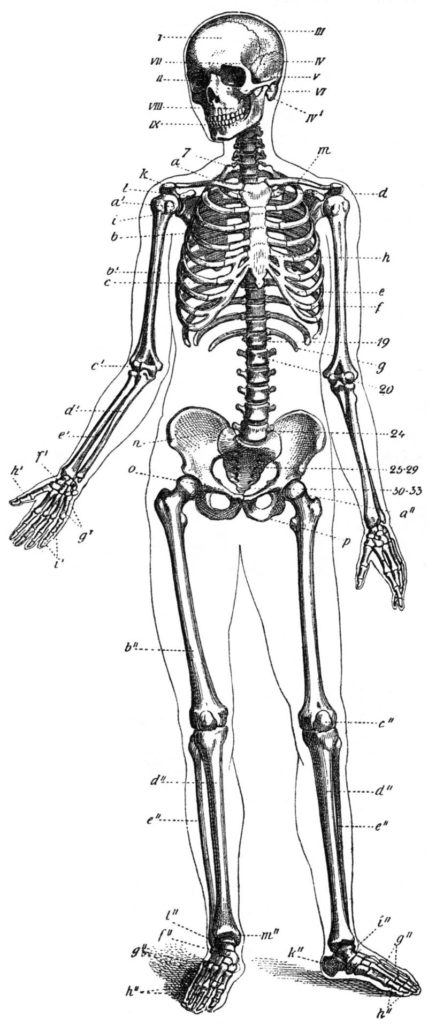 All of the body’s joints are supposed to work in a reciprocal fashion. The body is a machine with a specific design. The bones hold us upright, muscles move us, and the nerves tell the muscles to move the bones. Tendons connect muscles to the bones and ligaments connect the bones to bones. While muscles are supple and made to stretch, ligaments and tendons are much stronger and not designed to stretch much at all.
All of the body’s joints are supposed to work in a reciprocal fashion. The body is a machine with a specific design. The bones hold us upright, muscles move us, and the nerves tell the muscles to move the bones. Tendons connect muscles to the bones and ligaments connect the bones to bones. While muscles are supple and made to stretch, ligaments and tendons are much stronger and not designed to stretch much at all.
There are 206 bones in the body and they connect to each other through different types of joints that allow for different styles of movement. The knee joint connects the femur bone of the leg to the tibia of the shin. The knee is a hinge joint designed to flex and extend and nothing else. Many knee injuries occur as a result of the bones moving off their true hinge. When the knee bends the tibia and femur should stay in the same plane. There is a bit of give in the joint but we are not supposed to make use of it.
The sacrum as I wrote in a recent post on backbending is a gliding joint, along with the wrists and ankles. The hip and shoulder joints are ball and socket joints that allow for a wide range of motion.
All of the body’s joints in the body are ideally reciprocal. They are meant to work together with every movement. Take the example of walking. As you take a step forward the knee hinges up off of the ground, the hip and opposite shoulder roll in their sockets and the alternating movement of the opposite arm and leg creates a twist that involves a rotation through the lumbar spine.
Trouble arises when one joint in the chain of events doesn’t work as designed. Let’s look at tight hips. A tight hip refers to a limited range of motion in the aforementioned ball and socket joint that is meant to move freely.
If someone has tight hips, the knee hinges to move the leg forward but the ball of the femur that is supposed to roll in the hip socket isn’t able move successfully and the hip and the femur basically move together as one piece. The lower spine can still rotate if the arms and legs move in opposition but the rotation that should come from the hips joint will have to come from somewhere else.
For example, if the ball and socket of the hip won’t rotate, very often the knee is asked to twist a little to accommodate the tight hip. If the knee does hinge correctly, the lumbar spine will be asked to make up for the missing rotation in the hip. This is one of the main factors leading to lower back, hip and knee pain.
An example from yoga, that I often harp upon in my classes, is the transition from chaturanga to upward dog. As students move from plank to chaturanga they should be grounded through the inner foot with the heels parallel to each other. This alignment shouldn’t change in the movement to upward dog.The ankle is a strict hinge joint. Instead, in many cases, students allow the heel and ankle to splay open to the side. If the ankle rolls open in this fashion it can’t help but compromise the hip joint above it.
All of the body’s joints are reciprocal and if they don’t work as designed the incorrect movement in one joint will affect all of the other joints. Fluid joints are an essential component of a healthy body and walking, standing, and stretching correctly are the only ways to ensure that our body moves well.
***
